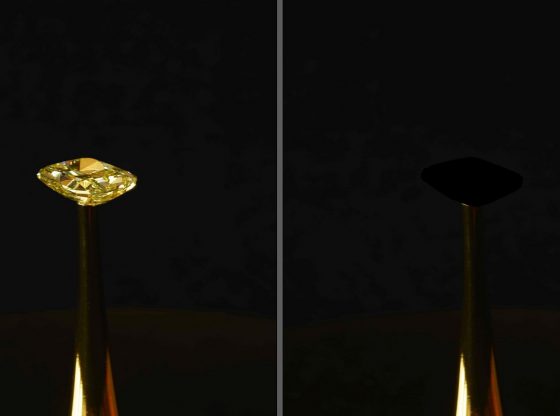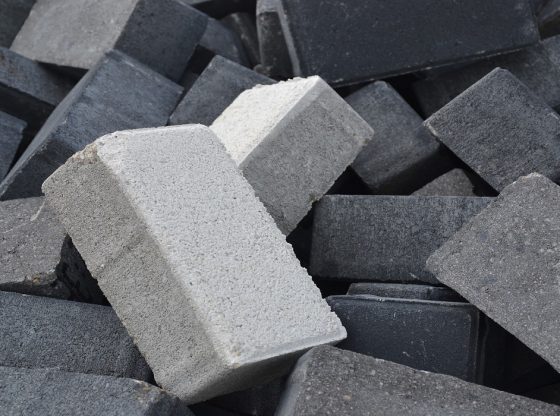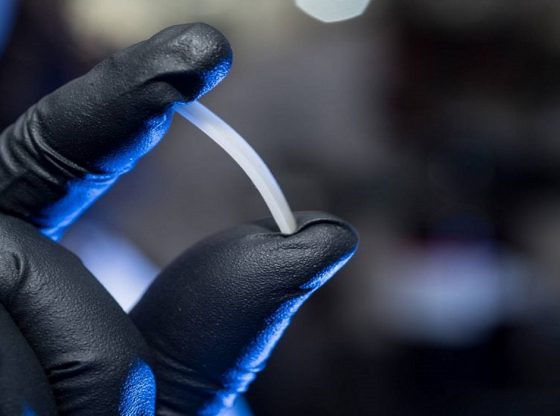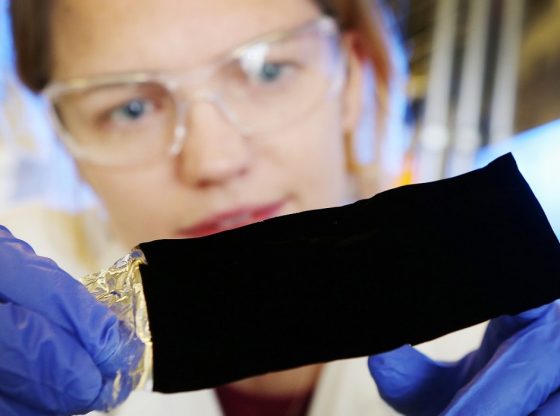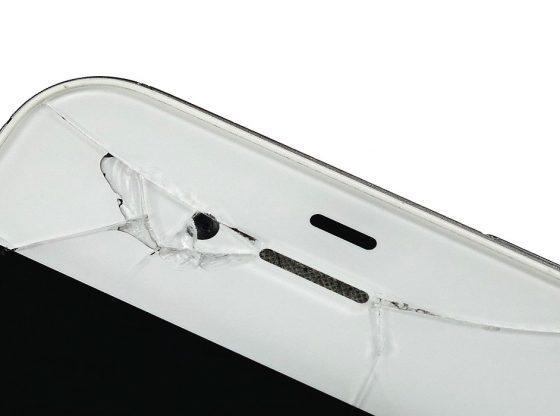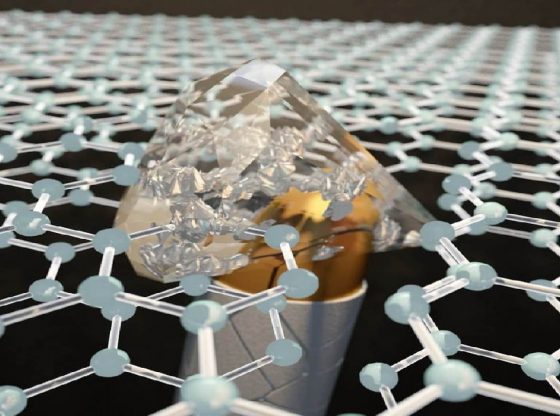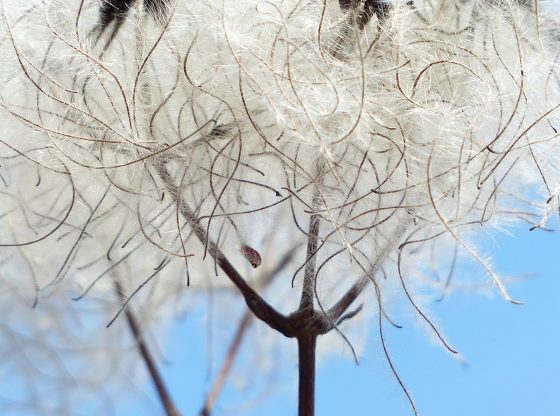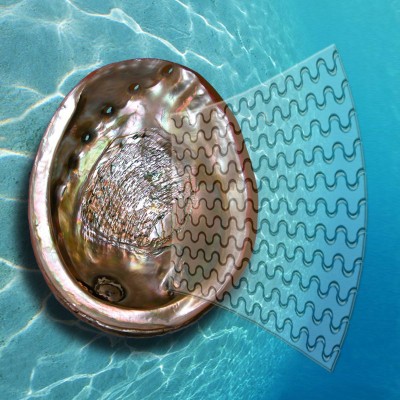
They managed this extraordinary feat by mimicking the structure of nacre. Glass is, as you know, a quite brittle material. But by engraving a three-dimensional wave-shaped pattern of channels and then fill them with polyurethane polymer – the researchers at McGill University developed a glass that is 200 times stronger than normal.
The inspiration came from nacre and tooth enamel which is extraordinarily strong. And after all, nature does is best, so why not mimic nature. With countless years of evolution slowly making nacre more robust and resilient, with an exceptional ability to prevent potential cracks from spreading.
The lead researcher Francois Barthelat writes; What we know now is that we can toughen glass, or other materials, by using patterns of micro-cracks to guide larger cracks, and in the process absorb the energy from an impact,”.
What does this imply in practice, well, normally when you drop a drinking glass on the floor, it shatters – but a glass made with this new technique would instead bend and deform. It could possibly revolutionize some industries and the applications and use of ordinary glass today. Not only making it more robust but also potentially safer.
And the technique developed by the Canadian scientist is not limited to only glass, as Barthelat explains; “We chose to work with glass because we wanted to work with the archetypal brittle material. But we plan to go on to work with ceramics and polymers in future. Observing the natural world can clearly lead to improved man-made designs.”
The study has been published in the latest issue of the scientific journal Nature Communications.
_______________
Overcoming the brittleness of glass through bio-inspiration and micro-architecture
______________________________


